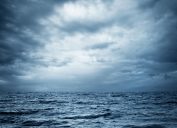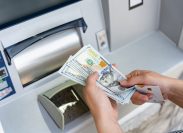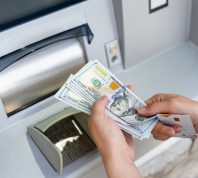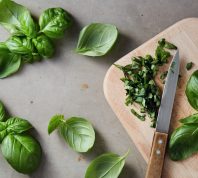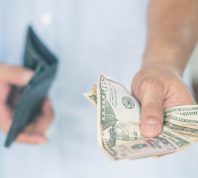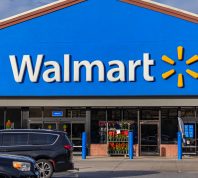The 10 Most Dangerous Sources of Caffeine You Should Avoid
These caffeine sources can push your recommended daily allowance over the limit.

Whether you've had a bad night's sleep or need a mid-afternoon boost, chances are you turn to a cup of coffee to feel more energized. Although experts agree that the maximum amount of caffeine a healthy adult should consume each day is 400 mg—around four cups of coffee—Sophie Medlin, consultant dietitian and founder of City Dietitians, notes that it's important to recognize that "everyone's tolerance levels are different." And that makes it essential to be aware of the most dangerous caffeine sources out there.
Your caffeine intake is likely being bumped up by sources aside from your morning flat white. "People who drink a lot of coffee tend to have other forms of caffeine as well," explains men's health specialist Jeff Foster, GP. "Added together, it can be enough to cause real problems." Caffeine's side effects extend to more than just the jitters: Too much can lead to symptoms such as rapid heart rate, insomnia, anxiety, loose bowel movements, and high blood pressure.
Here, we reveal 10 caffeine sources that can push your recommended daily allowance (RDA) dangerously over the limit.
1
Pre-workout supplements
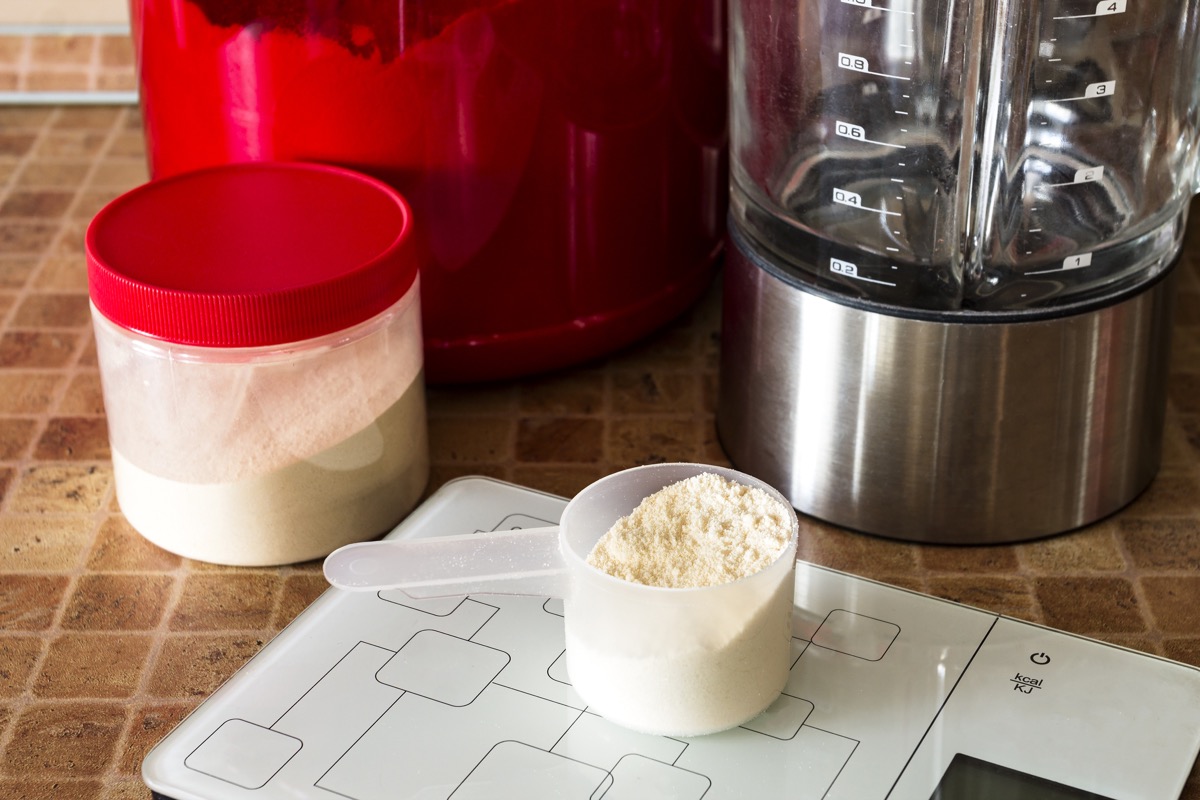
Finding the motivation to exercise can be tough—and before hitting the gym or going for a run, you might turn to supplements for a burst of energy. "There's nothing technically wrong with having something pre-workout," says Foster. However, many brands use caffeine as the primary energizer in their pre-workout supplements, and some powders (such as ProSupps' Mr. Hyde Nitro X) have up to 420 mg in a single scoop.
Plus, if you take these regularly, you could inadvertently end up pushing your dosage even higher. "Your body quickly becomes adapted—meaning you have to keep making it stronger before each workout," Foster adds.
2
Concentrated caffeine powder
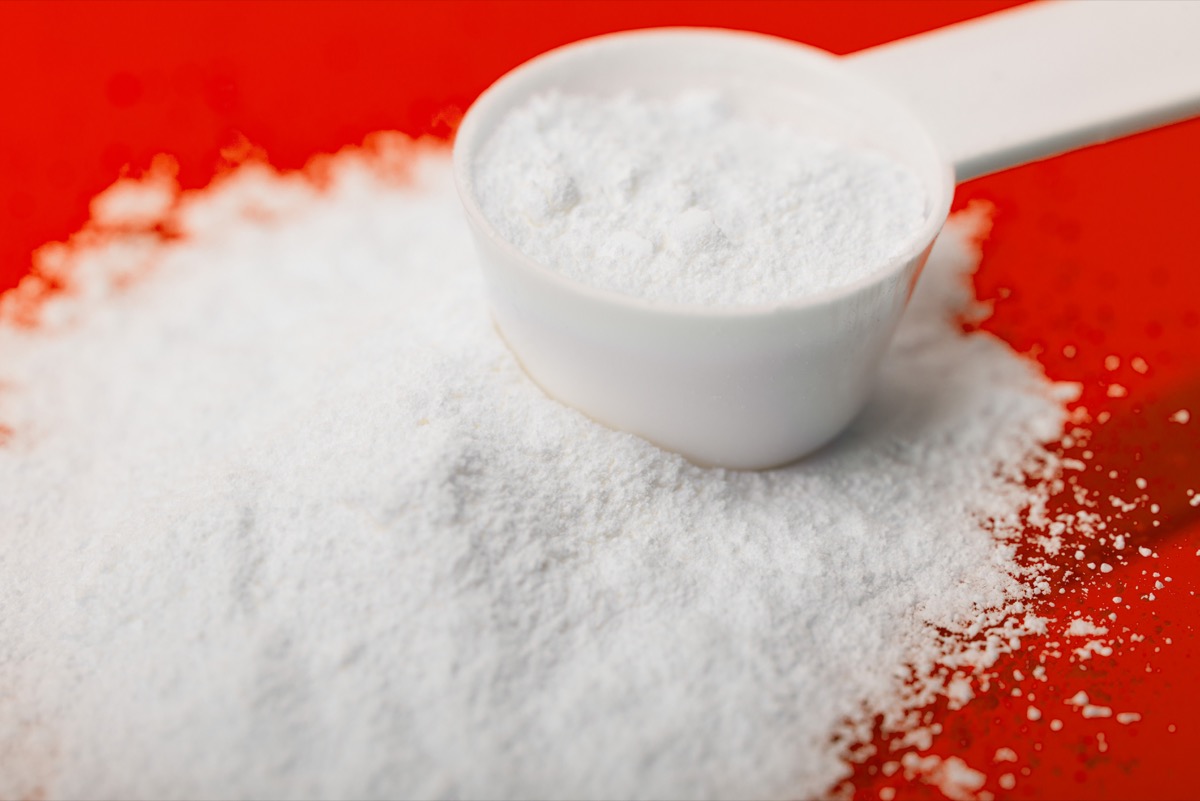
This type of supplement can be so potent that in 2018, the U.S. Food & Drug Administration (FDA) announced it was taking action to restrict sales—and remove some products from the market altogether. Adding caffeine powder to your shake might seem as innocuous as making instant coffee, but this is far from the case. As the FDA states, "A single teaspoon of a powdered pure caffeine product can contain approximately 3,200 mg of caffeine … equivalent to about 20 to 28 cups of coffee, a potentially toxic dose."
3
Caffeine pills

If you're not a fan of the taste of a strong coffee, caffeine pills might seem like a great solution for a pick-me-up—not to mention that it often works out to be cheaper than a Starbucks brew. But with most pills containing around 200 mg of caffeine, you can quickly find yourself in dangerous territory, especially as their effects are short-term, so you'll soon feel the need to pop another.
"Caffeine is taken to help us perform better mentally or be better at exercise," explains Medlin. "But it's very easy to take large doses in tablet form—something which studies show actually impairs our mental performance, and our physical [performance], too."
4
Energy shots
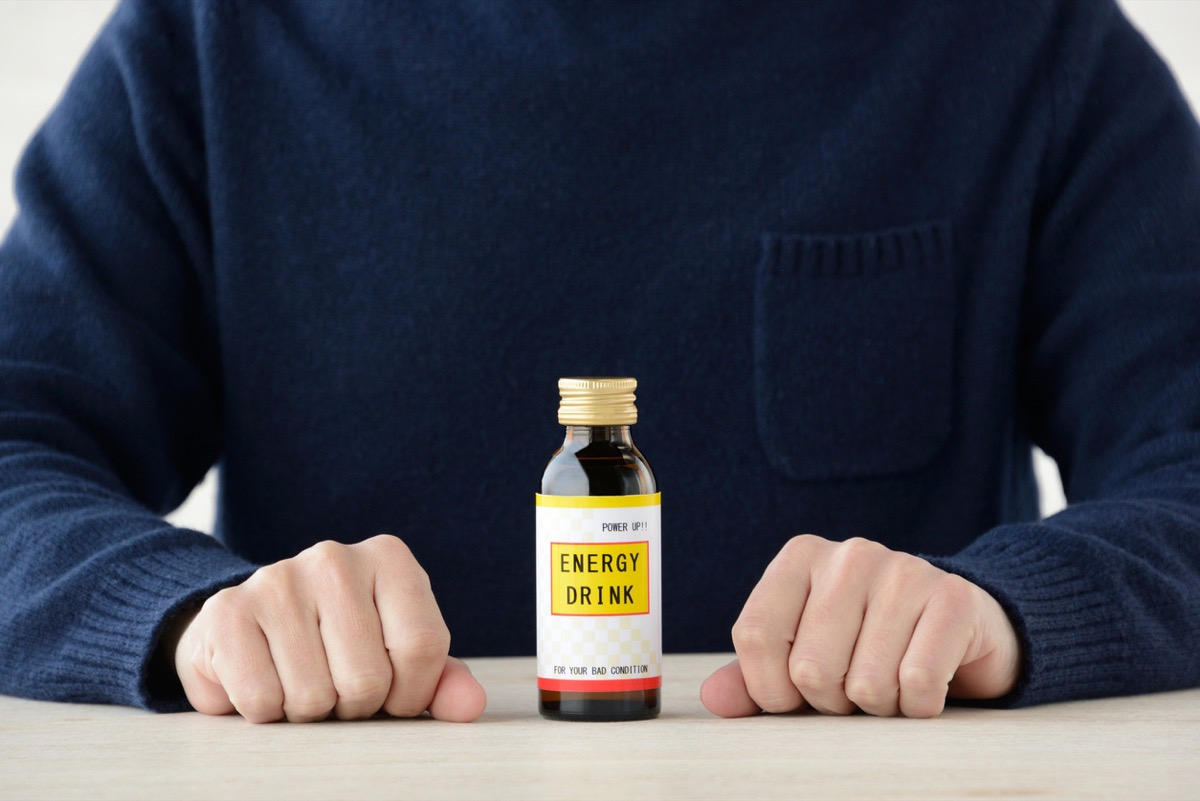
These little pocket warriors can help you feel like you're ready to take on the world, but the average shot offers between 150-200 mg of caffeine. "If they contain significantly more caffeine than you'd find in a shot of espresso [about 70 mg], then it's a lot to have in one go," Medlin says. "With shots, it goes in immediately—there's no pacing yourself as you might with a coffee."
Thanks to their small size, it's easy to absent-mindedly knock back several. "They're not very satisfying, and you don't really notice them going in as they're such a quick thing to consume," Medlin adds.
5
Super-strong coffee

When a double-shot espresso just isn't enough, you might turn to a coffee brand that boasts high doses of caffeine in their brews. Black Insomnia markets itself as "the world's strongest coffee," with a 12-ounce serving including a massive 1,105 mg of caffeine; while a similar-sized serving of Death Wish—which also claims to be the world's strongest coffee—offers 750 mg of caffeine.
"With an acute and enormous amount of caffeine, it's the drive on your heart that's damaging and puts you at risk of arrhythmia," explains Foster.
6
Weight loss pills

The original varieties contained "true" stimulants, which made them highly effective—but also caused incidences of strokes and heart attacks, leading to them being banned. Nowadays, "they substitute them with very poor stimulants, and bung in caffeine as an extra element to try and help you lose weight," says Foster, as this boosts your metabolism in the short term.
Consequently, those taking diet pills are often unaware of how much caffeine they're ingesting before even eating breakfast: a serving of Hydroxycut Max!, for example, contains 225 mg of caffeine, to be taken twice a day; while doses of Xenadrine or Dexatrim contain 200 mg, also to be consumed twice daily.
7
Cold brew

If you're not keen on a hot beverage when it's a scorcher of a day, then you might be tempted to pick up a cold brew. However, this type of coffee is far more concentrated—and, on average, contains about 20 percent more caffeine than its heated counterpart.
Some brands take it to a whole other level, however, and sipping on one of these could see you consume almost double your daily caffeine allowance in one hit. A bottle of Bizzy Cold Brew will fill your boots with 750 mg of caffeine, a can of Death Wish Cold Brew crams in 300 mg, and a serving of Stumptown Cold Brew contains 279 mg—so check the label before popping the lid.
8
Energy drinks
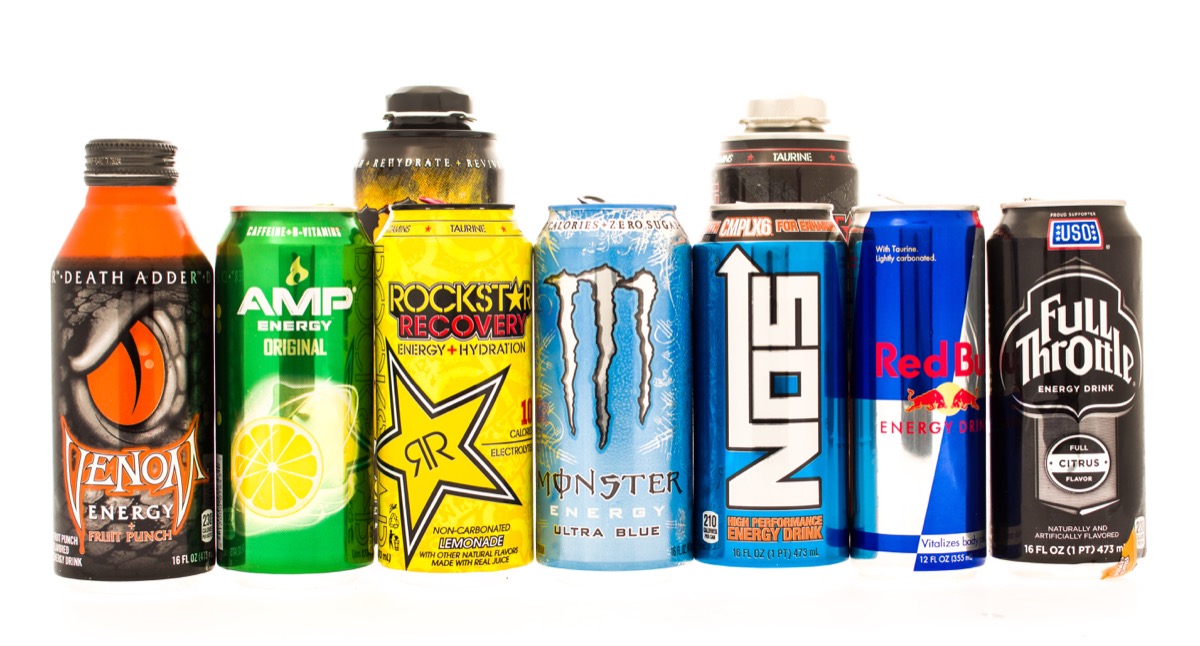
The average level of caffeine in an energy drink ranges from around 85 mg to over 200 mg—but even knocking back a few of the less-caffeinated ones can quickly add up. "It's not just the caffeine that's addictive, but the sugar, too," Foster reveals.
"You may have one coffee and know that's enough for a few hours. But you'll have an energy drink, and think you can just have another," he continues. "Because the sugar is also addictive, you'll drink more—and, in turn, find that your daily caffeine intake is way higher than it should have been."
9
Caffeine vaping

While some have taken up vaping to get a cigarette-free dose of nicotine, it's also possible to vape for a caffeine hit when toting a mug of steaming coffee isn't an option. Considering that each puff contains around 2 mg of caffeine, you may not view this as too harmful.
However, it's incredibly easy to casually vape away for lengthy periods of time while concentrating on finishing that report, or settling down to watch a movie—and those little hits will soon accumulate into a far more significant dose.
10
Espresso

They're small but mighty: An average double-shot contains over 150 mg of caffeine. But, Medlin notes, in drinking these, you could be consuming more caffeine than you anticipate. "The amount of caffeine contained in an espresso depends very much on how it's brewed and made," she explains. "Every coffee shop does things differently, so the amount of caffeine in each one will vary."
Medlin adds that it's important to be aware that espresso drinking can often evolve into a compulsion, too. "If you're relying on these to maintain your energy levels, then it's probably a good idea to re-evaluate your overall relationship with caffeine."







